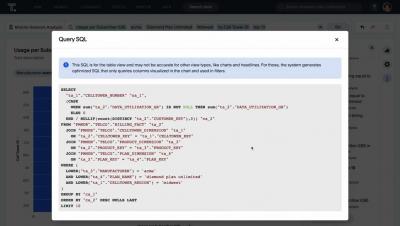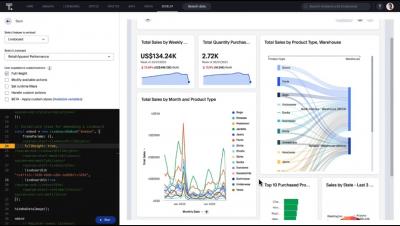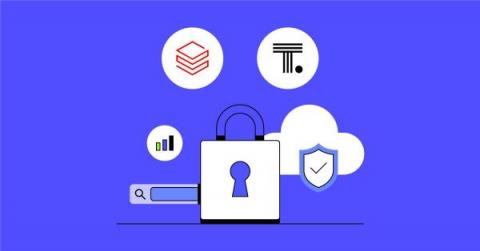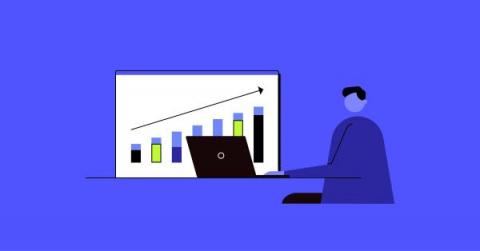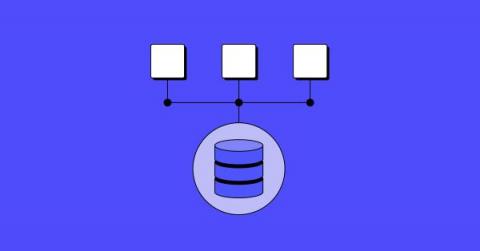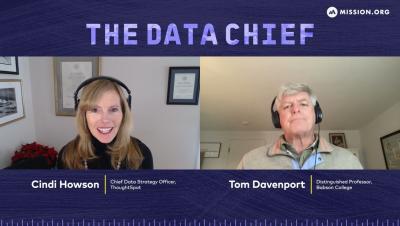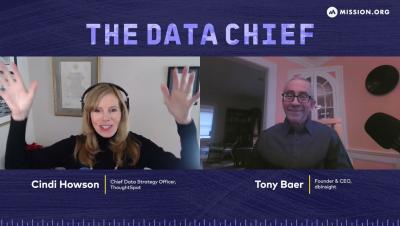Systems | Development | Analytics | API | Testing
ThoughtSpot
Data Engineer vs Analytics Engineer: How to choose the career that's right for you
A little over a year ago, I found myself feeling stuck in my role as a data engineer. I had majored in business in college and was looking to connect more with that side of things. I enjoyed my tasks as a data engineer but I wanted more flexibility and creativity. I wanted to be involved in business decisions rather than my tasks already being decided for me.
What's new in ThoughtSpot Analytics Cloud 9.0.0.cl
ThoughtSpot and Databricks make governed, self-service analytics a reality with new Unity Catalog integration
Two years ago, we announced our Databricks partnership—including the launch of ThoughtSpot for Databricks, which gives joint customers the ability to run ThoughtSpot search queries directly on the Databricks Lakehouse without the need to move any data. Since then, we’ve empowered teams at companies like Johnson & Johnson, NASDAQ, and Flyr to safely self-serve business-critical insights on governed and reliable data.
What is data mining and what are the best techniques to follow?
The most successful organizations today know they need to use business analytics to make decisions and drive outcomes. Often, however, these decisions must be driven by insights that can remain hidden in data. That’s where data mining comes into play. Data mining is a powerful tool to help extract meaningful insights from even the largest, most complex data sets.
How to launch a modern analytics strategy
We’ve established that we’re living in the defining decade of data. Data underpins the seismic technology shifts of the past few years, transforming the way we buy, work, make business decisions, even value our companies. As ThoughtSpot’s co-founder Ajeet Singh said, “Once in a generation, the opportunities to create a legacy increase massively. It happens when truly tectonic shifts happen in the ecosystem. We’re living through one of those times.”
Top 5 analytics and data engineer skills you should know in 2023
Analytics engineer is the latest role that combines the technical skills of a data engineer with the business knowledge of a data analyst. They are typically coding in SQL, building dbt data models, and automating data pipelines. You could say they own the steps between data ingestion and orchestration. Whether you are a seasoned analytics engineer or new to the field, it’s important to continually learn new things and improve the work you’ve already done.
Best data modeling methods for data and analytics engineers
Recently, I published a blog on whether self-service BI is attainable, and spoiler alert: it certainly is. Of course, anything of value usually does require a bit of planning, collaboration, and effort. After the article was published, I began having conversations with technical leaders, analysts, and analytics engineers, and the topic of data modeling for self-service analytics came up repeatedly.


